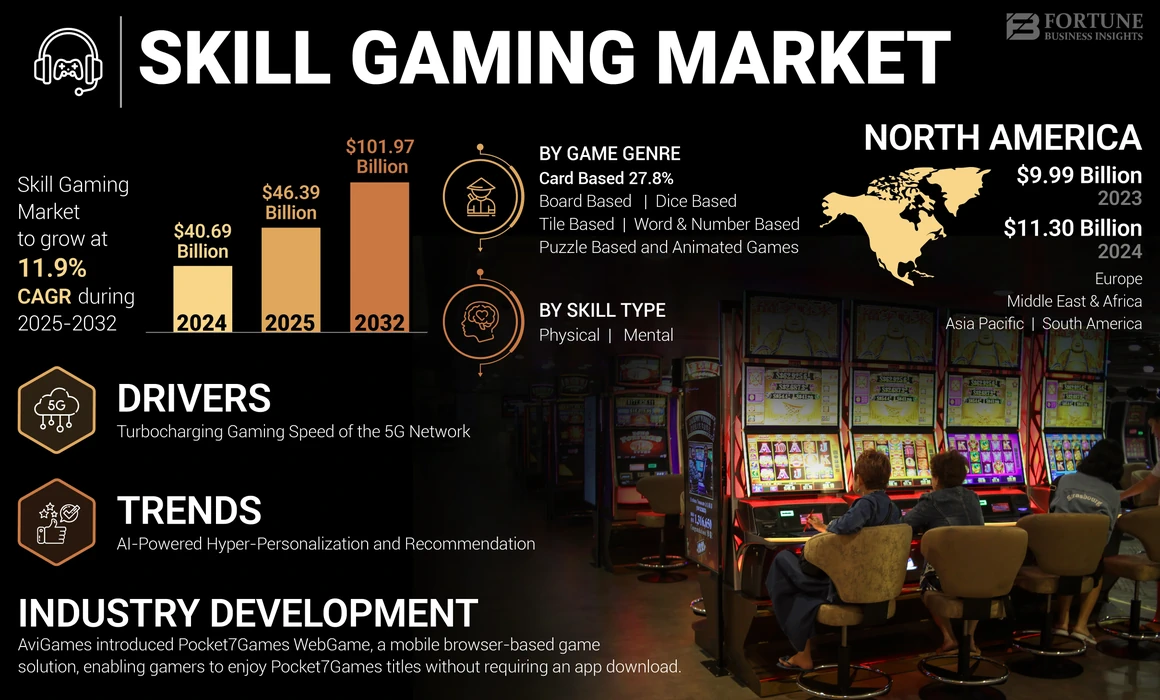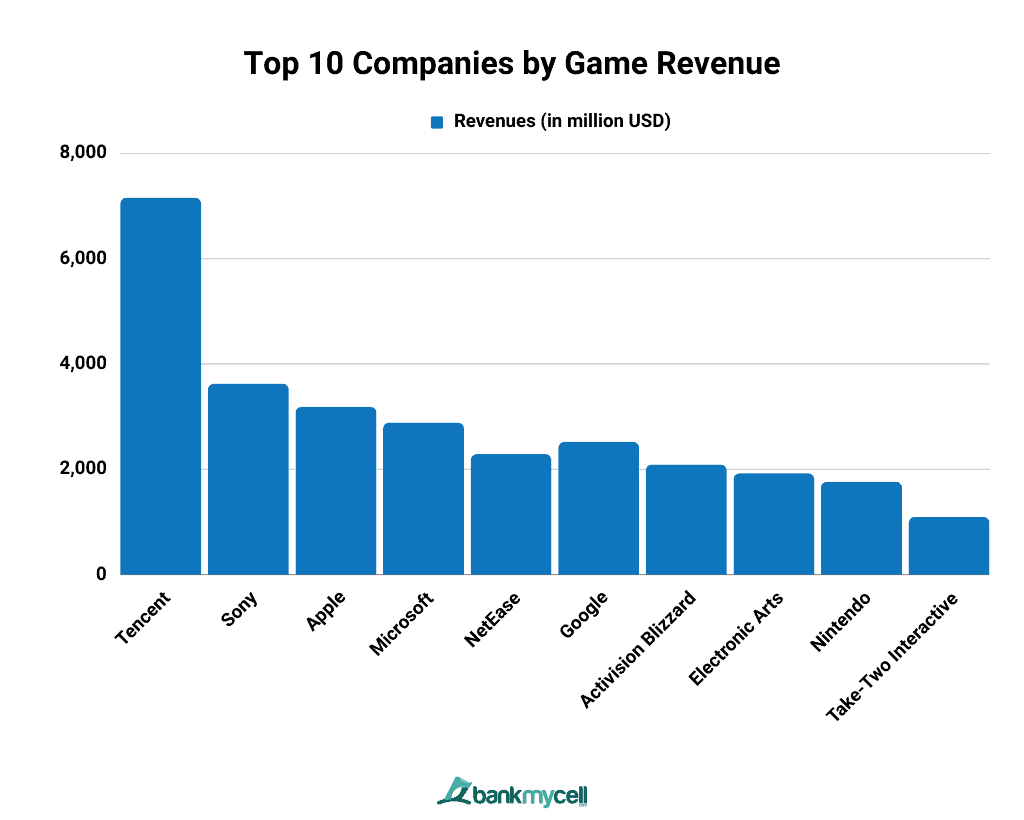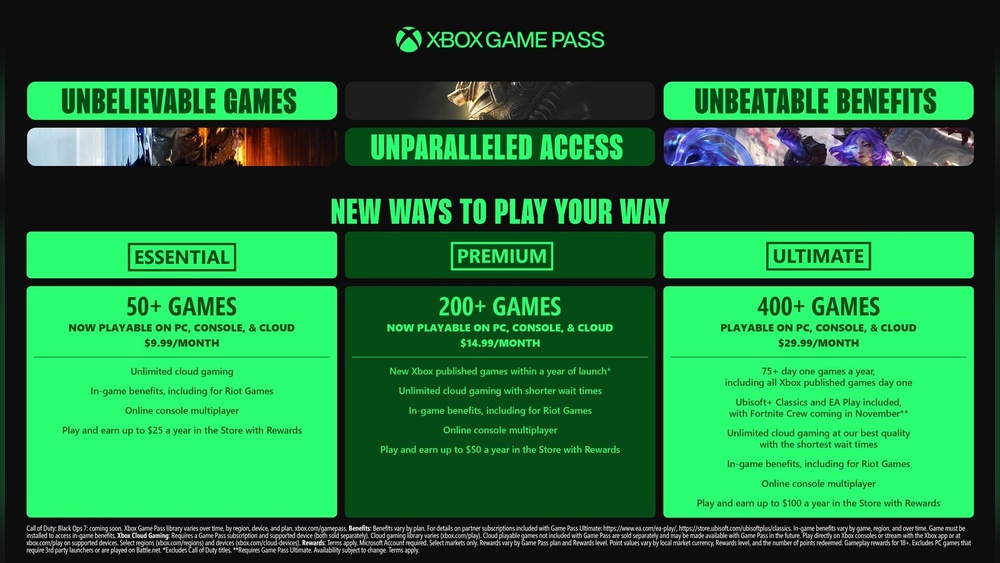Have you ever wondered how gaming companies turn your favorite games into big profits? Whether you’re spending a few dollars on in-game items or downloading a free app, there’s a smart strategy behind every penny you spend.
Understanding how these companies make money can change the way you see your gaming habits—and maybe even help you make better choices. Keep reading to discover the surprising ways your game time fuels an entire industry.
Revenue Models
Gaming companies earn money through several key revenue models. Each model helps them generate income from different types of players. These models also support ongoing game development and updates.
Understanding these revenue models reveals how the gaming industry sustains itself and grows.
Game Sales
Game sales are the most direct way companies earn money. Players pay once to buy a full game. This model works well for console and PC games. Many games offer a one-time purchase price. The money from sales helps cover development costs and marketing.
In-game Purchases
In-game purchases let players buy items inside the game. These can be skins, weapons, or extra lives. Many free-to-play games use this model. Players spend small amounts many times. This creates a steady income stream for companies. It also keeps players engaged longer.
Subscription Services
Subscription services charge players a regular fee. This fee gives access to many games or special content. Services like Xbox Game Pass or PlayStation Now use subscriptions. Players enjoy new games without buying each one. Subscriptions provide companies with predictable monthly income.
Advertising Revenue
Advertising revenue comes from showing ads inside games. Mobile games often use this model. Players watch ads to get rewards or continue playing. Ads can be videos, banners, or sponsored content. This helps companies earn without charging players directly.

Credit: www.fortunebusinessinsights.com
Monetizing Free-to-play Games
Free-to-play games attract millions of players worldwide. These games do not charge money upfront. Instead, they earn revenue through smart strategies inside the game. This method allows players to enjoy the game for free while giving companies ways to make money. Let’s explore how gaming companies monetize free-to-play games.
Microtransactions
Microtransactions let players buy small items or features. These can include extra lives, special abilities, or in-game currency. Most purchases cost just a few dollars. Players often spend money to progress faster or enhance gameplay. This steady stream of small payments adds up for companies.
Battle Passes
Battle passes offer rewards over time. Players buy a pass to unlock new items as they play. The pass lasts for a season or set period. It encourages players to keep playing regularly. This creates ongoing revenue while keeping players engaged.
Cosmetic Items
Cosmetic items change the look of characters or gear. These items do not affect gameplay but appeal to players’ style. Skins, outfits, and emotes are popular cosmetic purchases. Players enjoy personalizing their experience, which drives sales for companies.
Expanding With Dlc And Expansions
Gaming companies use downloadable content (DLC) and expansions to grow their games and earn more money. These extra pieces add new features, stories, and challenges. Players enjoy fresh experiences without buying a new game. This approach keeps games alive longer and players engaged.
Paid Expansions
Paid expansions are large add-ons sold separately from the main game. They offer new maps, characters, or storylines. Players pay to get more fun and explore new content. These expansions often come months after the original game release. They provide a steady income for developers. Fans who want more from the game usually buy them.
Seasonal Content
Seasonal content is special, limited-time events or items. These appear during holidays or special occasions. Players can buy new skins, missions, or challenges. This content keeps the game exciting and fresh. It encourages players to return often. Seasonal content brings regular revenue for gaming companies.

Credit: www.bankmycell.com
Leveraging Esports And Streaming
Esports and streaming have become major money sources for gaming companies. These platforms connect millions of fans worldwide. They create chances to earn from many angles. Companies use esports and streaming to grow their audience and income.
Sponsorships And Partnerships
Brands pay gaming companies to sponsor players and events. These sponsors get their logos shown in games and streams. Partnerships help both sides reach new fans. Companies get steady money from these deals. Popular teams and streamers attract big sponsorships.
Event Hosting
Gaming companies organize tournaments and live events. These events sell tickets to fans and viewers. Hosting events also brings in money from media rights. Streaming these tournaments adds ad revenue. Events build community and hype around games.
In-game Advertising
Games show ads inside their worlds without breaking play. Ads appear on signs, billboards, or loading screens. This method earns money every time players see ads. Streaming these moments also boosts ad income. In-game ads blend with gameplay naturally.
Merchandising And Licensing
Merchandising and licensing are important ways gaming companies earn money. These methods extend the game’s reach beyond the screen. Fans enjoy owning items related to their favorite games. This creates a steady income for developers and publishers.
Merchandising includes products like toys, clothing, and accessories. Licensing allows other companies to use game characters or logos. Both help build the game’s brand and fan loyalty.
Physical Merchandise
Physical merchandise includes toys, action figures, and apparel. Many gamers buy shirts, hats, or backpacks with game logos. Collectible items like figurines and posters also sell well. These products help fans show their love for the game. They also bring extra money to the game company.
Some games offer special edition merchandise. These limited items create excitement and demand. Fans often buy these to feel connected to the game world.
Brand Collaborations
Brand collaborations allow games to team up with famous companies. This creates unique products that attract both fan groups. For example, a game might partner with a shoe brand or a snack company. These partnerships help both brands reach new customers.
Collaborations can include clothing lines, toys, or digital content. They add variety and keep fans interested. Game companies benefit from shared marketing and increased sales.
Mobile Gaming Strategies
Mobile gaming is one of the fastest ways gaming companies earn money. They use smart methods to make players enjoy games and spend money. These methods work well on phones and tablets. Mobile games must keep players interested and also bring in income. Two popular strategies are ad-supported models and freemium approaches. Both help companies earn without making players pay upfront.
Ad-supported Models
Many mobile games use ads to make money. Players see ads during breaks or between levels. Some games show video ads that players watch for rewards. Ads can be banners or full-screen pop-ups. This method lets players enjoy games for free. Companies earn money every time an ad is shown or clicked. The challenge is to keep ads from annoying players. Good games balance ads and playtime well.
Freemium Approaches
Freemium means the game is free to start. Players can buy extra items or features inside the game. These can be special tools, new levels, or faster progress. The free part attracts many players. Only some spend money on upgrades. This model works because players like choice. They play without paying or pay a little to improve. This keeps the game popular and profitable.
Future Trends In Game Monetization
Game monetization is evolving fast. New tech and player habits shape how companies earn money. Traditional sales and ads remain important. Yet, fresh trends appear that could change the market. These trends bring new ways for players and companies to interact and earn.
Blockchain And Nfts
Blockchain technology offers secure digital ownership. NFTs let players buy, sell, and trade unique game items. These items can hold real value outside the game. Companies earn by selling NFTs and charging transaction fees. This model gives players more control over their assets. It also creates a new market for rare items and collectibles.
Cloud Gaming Revenue
Cloud gaming lets players stream games online. No need for expensive hardware. Companies earn from subscriptions and pay-per-play models. This model attracts more players with lower entry costs. It also allows games to update easily and add new content. Cloud gaming creates steady income through continuous player access.

Credit: www.cheapism.com
Frequently Asked Questions
How Do Gaming Companies Earn Revenue From Free Games?
Gaming companies use in-game purchases and ads to earn from free games. Players buy virtual items or upgrades, generating income. Ads shown during gameplay also contribute to revenue. This model attracts a large user base and maximizes profits despite no upfront cost.
What Role Do Microtransactions Play In Gaming Profits?
Microtransactions allow players to buy small virtual items or bonuses. These purchases significantly boost gaming companies’ income. They provide ongoing revenue beyond initial game sales. This method keeps players engaged and willing to spend more over time.
How Important Are Game Subscriptions For Gaming Companies?
Subscriptions offer gamers access to multiple games for a monthly fee. This creates steady, predictable income for companies. It encourages long-term player retention and loyalty. Subscription models are increasingly popular as they provide consistent revenue streams.
Do Gaming Companies Make Money From Game Advertisements?
Yes, ads generate significant revenue, especially in free-to-play games. Companies earn money every time players view or click ads. Advertisements help monetize users who don’t make in-game purchases. This method supports free content while creating profit.
Conclusion
Gaming companies earn money through various methods. They sell games directly to players. Many use in-game purchases for extra income. Advertisements also bring steady revenue. Subscriptions offer players special benefits. Some companies partner with brands for deals. Each method helps keep games running.
This mix ensures profits and growth. Players get new content regularly. The business side supports game creation. Simple but smart strategies make money. Understanding these helps appreciate the gaming world.









